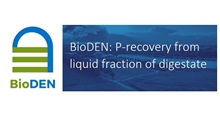
The main innovation goal of the BioDEN project is to realise an extensive valorisation of the nitrogen- and phosphorus-rich digestate originating from anaerobic digestion into existing and new bio-based fertilisers. In this manner BioDEN creates an opportunity to realise a closed nutrient cycle and offers a possible escape from the high artificial fertiliser prices. More specifically, techniques such as (vacuum)stripping of ammonia in combination with acid scrubbing, and phosphorus leaching are tested in both lab- and industrial settings.
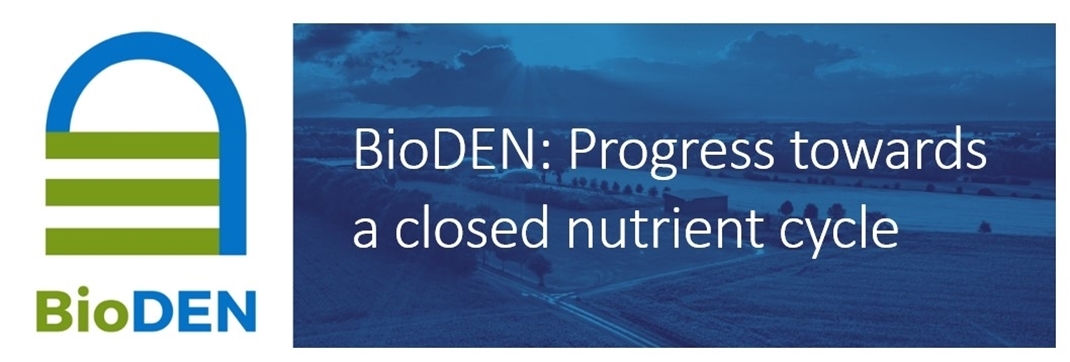
The BioDEN project kicked off early January 2022 and spans two year. It is a collaboration between Biogas-E, KU Leuven, UGent, Marmara University, VCM and Ostim Enerjik.
Organic fertilisers from dairy manure
The KU Leuven research group PETLab/CREaS investigated the N-removal of digestate via stripping-scrubbing with citric acid and CO2. The possible additional biogas yield from recirculation or post-digestion of this stripped digestate was also analysed.
After anaerobic digestion of dairy manure, the resulting digestate is passed through an air-assisted stripping unit, which strips out the ammonia. This ammonia gas is then scrubbed in an acidic solution to produce ammonia salts, which are essentially nitrogen fertilisers. The quality of these fertiliser products will be assessed by UGent. The test setup is shown in Figure 1.
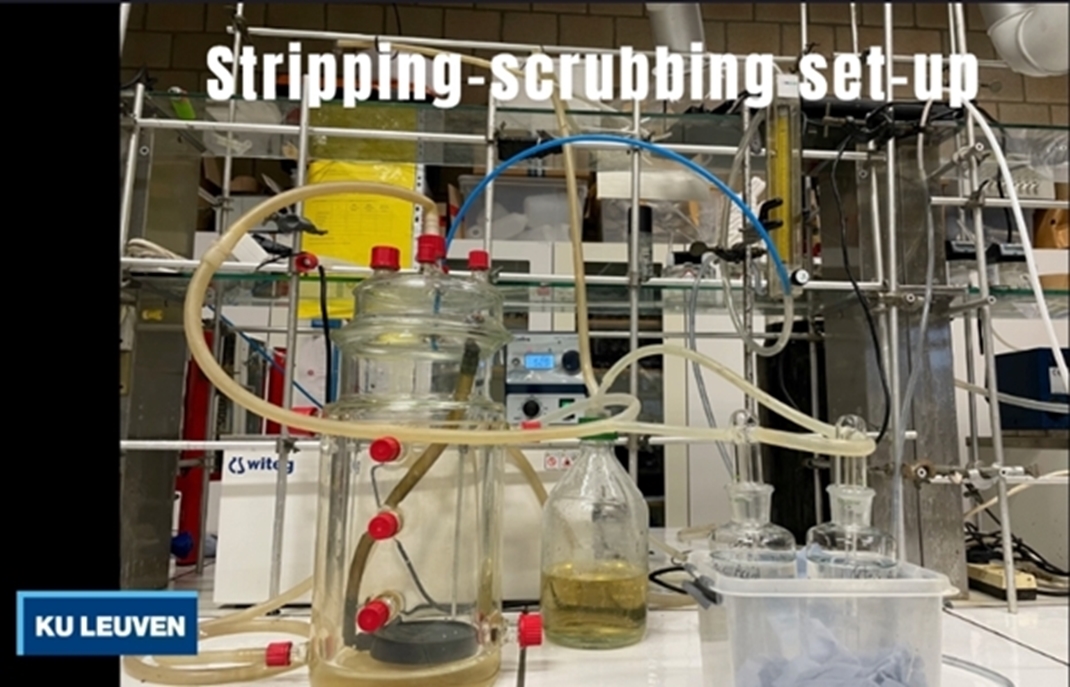
Figure 1: Stripping-scrubbing set-up, watch the experiment in action ©KU Leuven
The January newsletter already included the results for digestate derived from dairy manure. Now they are also available in the form of clear factsheets.
For more information, contact: lise.appels@kuleuven.be
Vacuumstripping combined with high OLR increases CH4-yield
Following the BMP tests (January newsletter) Marmara University investigated the effect of side stream vacuum treatment on methane production in daily-fed, completely stirred anaerobic digesters. The aim, of the process shown in the figure below, is to reduce the ammonia content in the digester by treating the digestate on a recirculation line under vacuum, allowing the digester to operate with a higher organic load. This practice causes the ammonia concentration in the digester to drop below the inhibition level, thereby allowing producing more biogas per unit reactor volume.
For this purpose, two bench scale glass reactors with an active working volume of six L were used. One of the reactors was operated as control (R-control) and the other as test reactor (R-test) by sidestream vacuum stripping of ammonia in the recirculation line. Both reactors were operated in parallel for 344 days under mesophilic conditions (36±1 ℃).
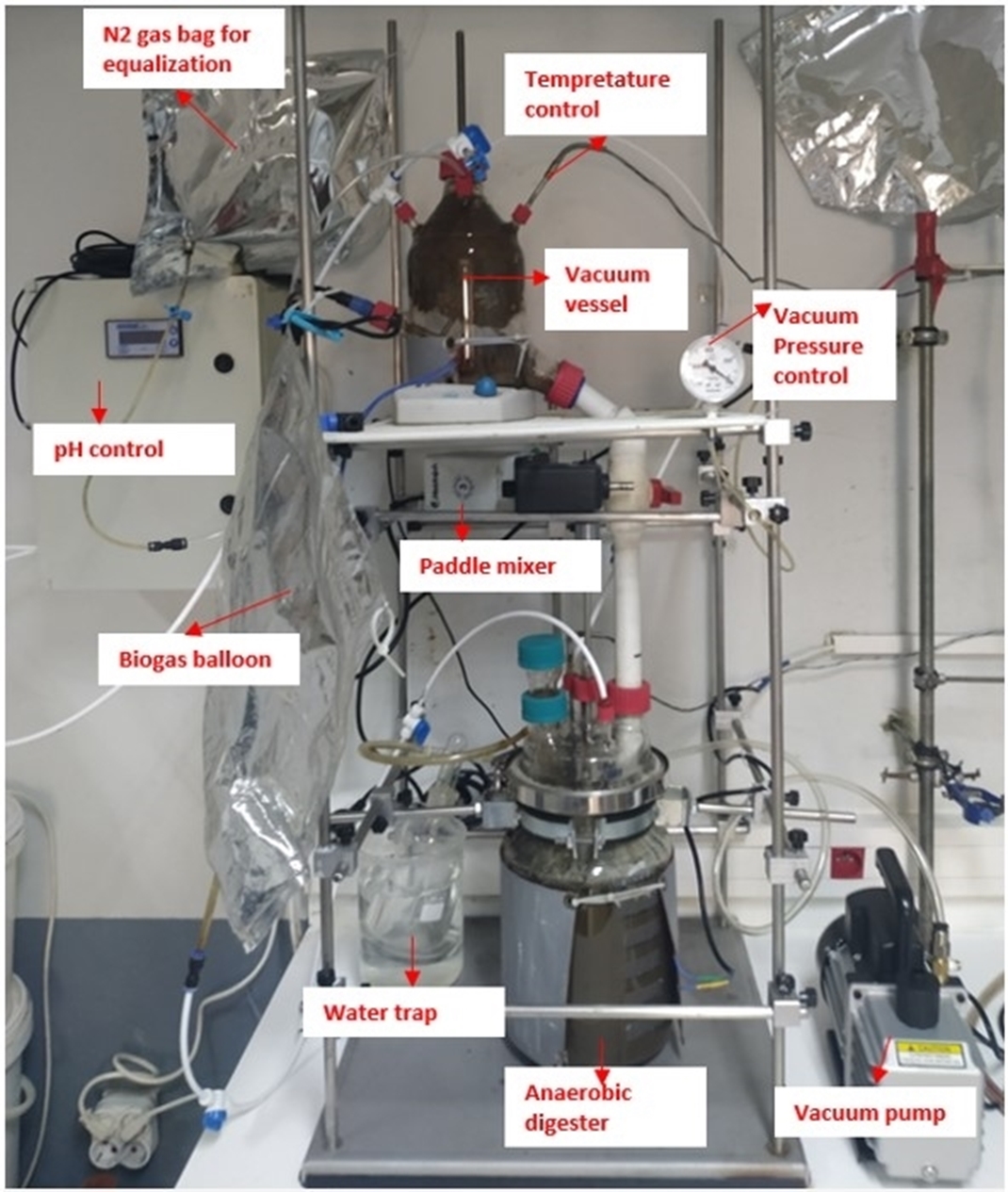
Figure 2: Lab-scale daily-fed anaerobic reactor integrated with vacuum stripping ©Marmara University
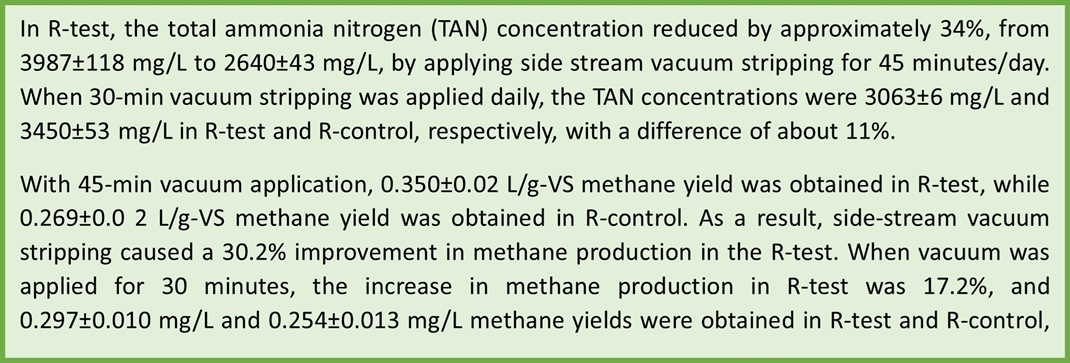
For more information, contact: baris.calli@marmara.edu.tr
P-leaching and P-precipitation
Re-Source Lab at Ghent University concluded the P-recovery from the solid fraction of digestate and N-stripped digestate via acid leaching using conventional acids (Figure 3). Citric acid was used as the leaching agent and its P leaching performance was compared against sulfuric acid which is a commonly used agent in such processes. To optimize the liquid-to-solid (L:S) ratio (0.5:1 to 5:1) and acid concentrations (0.1 to 2.0 mol/L) for the leaching process, a preliminary experiment was carried out using sulfuric acid. Following optimization, the P-leaching performance of citric acid was tested using a L:S ratio of 2:1 and acid concentrations of 0.1 mol/L.

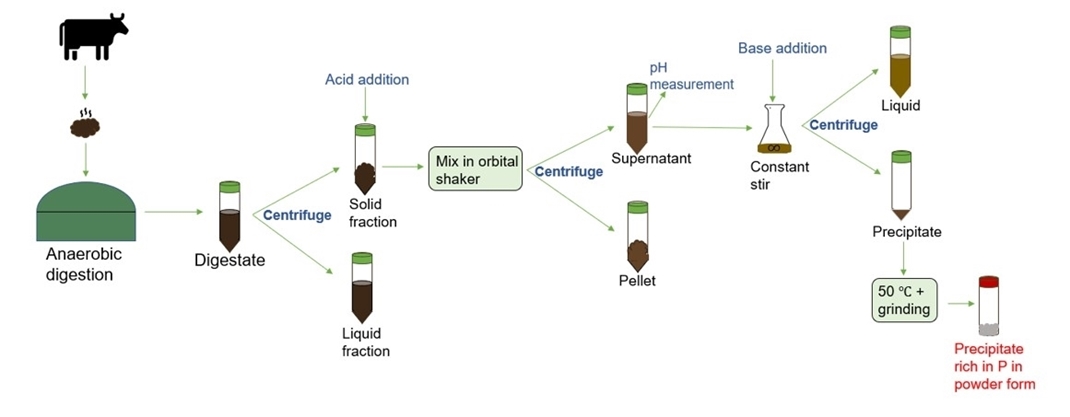
Figure 3: Steps performed in lab-scale P-leaching and P-precipitation ©Ghent University
Precipitation of dissolved P in solution after the leaching step was conducted, using calcium hydroxide (Ca(OH)2) and magnesium hydroxide (Mg(OH)2), at pH of 8-8.5.

N mineralization dynamics in soil
In order to assess the N mineralization dynamics of the RENURE (REcovered Nitrogen from manURE) products in soil, the Re-Source Lab at Ghent University has set up soil incubation tests in March. The experiments will run for 120 days to determine N-dynamics in the soil in comparison to synthetic fertilizer (CAN) via measuring plant-available mineral N in soils. The soil samples were collected from a silty loam soil field in Li ge, Belgium. The fertilizing products were obtained from the stripping-scrubbing tests conducted by KU Leuven as follows: two digestates (N-stripped and N-rich), liquid fractions of these digestates after separation via centrifuge and two scrubbing waters (ammonium citrate and ammonium sulfate). Although scrubbing was also tested using , the resulting scrubbing water, ammonium bicarbonate, was not rich in enough N to be used as a fertilizer (the recovery of N in water-rich of as scrubbing water was below the go-/no-go criteria of 80%).
The fertilizing products, as well as the soil, were characterized and the N addition rate of these products to the tubes filled with soil was maintained as 170 kg N per ha. This value is based on the limit given in the Nitrates Directive (91/676/EEC) for manure products used as fertilizers in areas of Nitrate Vulnerable Zones.
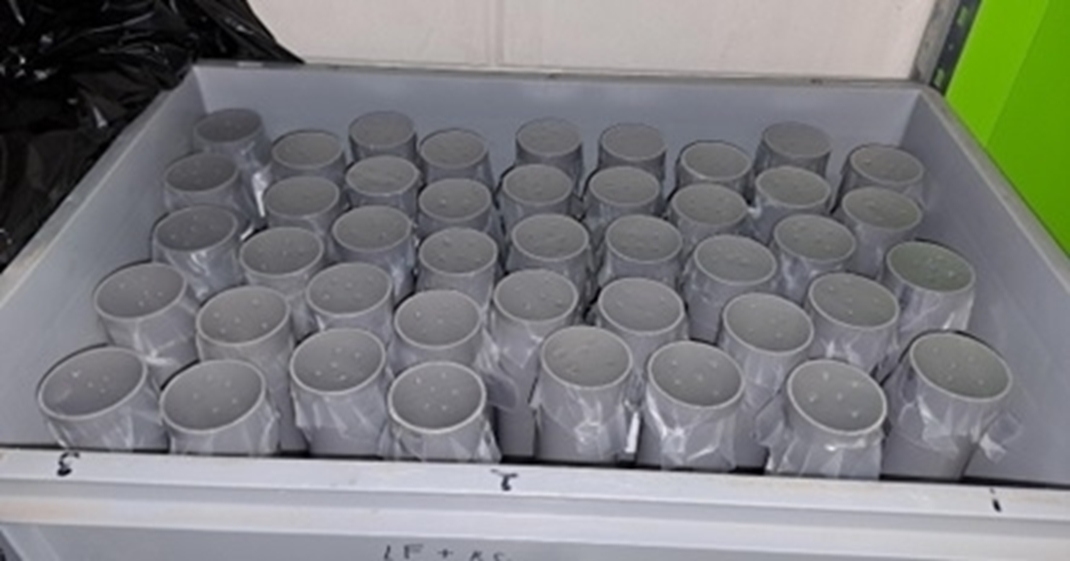
Figure 4: Tubes filled with soil and N-fertilisers in the soil incubation experiment ©Ghent University
The moisture content in the tubes was kept constant at 50% saturation, and approximately every 20 days, quadruplicates of each treatment have been sampled for further analyzes of NH4 -N and NO3-N, for possible ”Net N release” and “Net N mineralization” calculations. The soil incubation experiment will be concluded in July and the N mineralization dynamics will then be fully available.
For more information, contact: cagri.akyol@ugent.be
On the agenda
Soon, KU Leuven will start large-scale experiments, linking stripping-scrubbing to two full-scale digesters. Both dairy manure as mixed organic waste will be evaluated. Subsequently, the collected data will be applied by VCM and Biogas-E to carry out an economic, technological and ecological study of the different recovery options.
Marmara University continues working on a lab-scale trial using Fe-modified biochar as phosphate adsorbents. Two different biochar modification methods are being investigated. In addition, the recovery of phosphorus from the liquid fraction of the digestate in the form of struvite is being tested in a pilot-scale crystalliser. Various test conditions will be investigated and optimised
In the coming months, Re-Source Lab at Ghent University will conduct P-leaching experiments with alternative acids such as scrubbing waters (ammonium sulfate, ammonium bicarbonate, and ammonium citrate) and a waste acid stream (sulfuric acid hydrogen peroxide), and their potential as leaching agents will be compared against the conventional acids. Additionally, in the second semester of 2023, pot trials will be performed to test the agronomic performance of P-fertilizing products on ryegrass (Lolium perenne) and the P-poor product resulted during P-leaching tests will be assessed for its soil-enhancing properties.
Would you like more information about the BioDEN project in general or would you like to follow the project more closely? Contact: info@biogas-e.be
With the support of:

